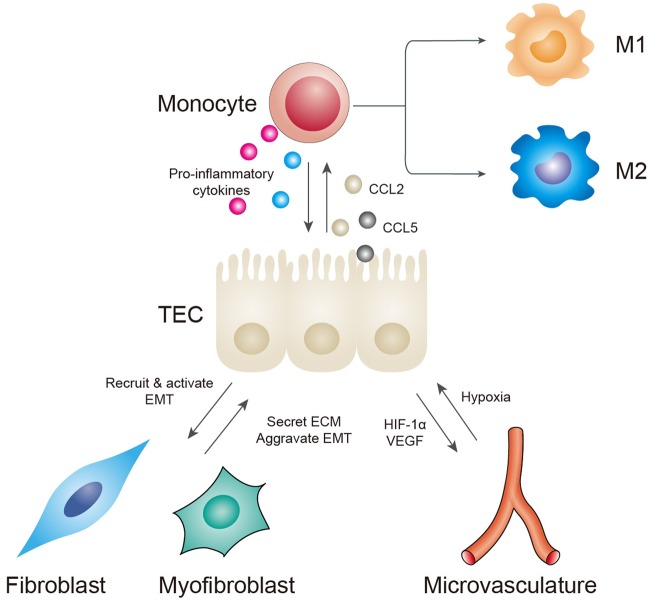Fig. 3. Interactions between TECs and other cells in the interstitium.
TECs can secrete CCL2 and CCL5 to recruit monocytes. Monocytes/macrophages can further produce proinflammatory factors, but their functions depend on their polarization phenotypes. Monocytes can also induce EMT by producing MMP-9. Capillary rarefaction causes hypoxia in tubular cells. Injured TECs thus secrete HIF-1alpha and VEGF to stimulate new capillary formation to meet their oxygen demand. However, these new capillaries are often leaky and are incapable of performing normal functions, thus forming a vicious cycle. Maladaptive TECs can produce a microenvironment suitable for fibroblast recruitment and activation. Activated myofibroblasts can mediate ECM deposition and execute the final process of renal fibrosis. Increased matrix rigidity can also aggravate tubular hypoxia and the progression of EMT

